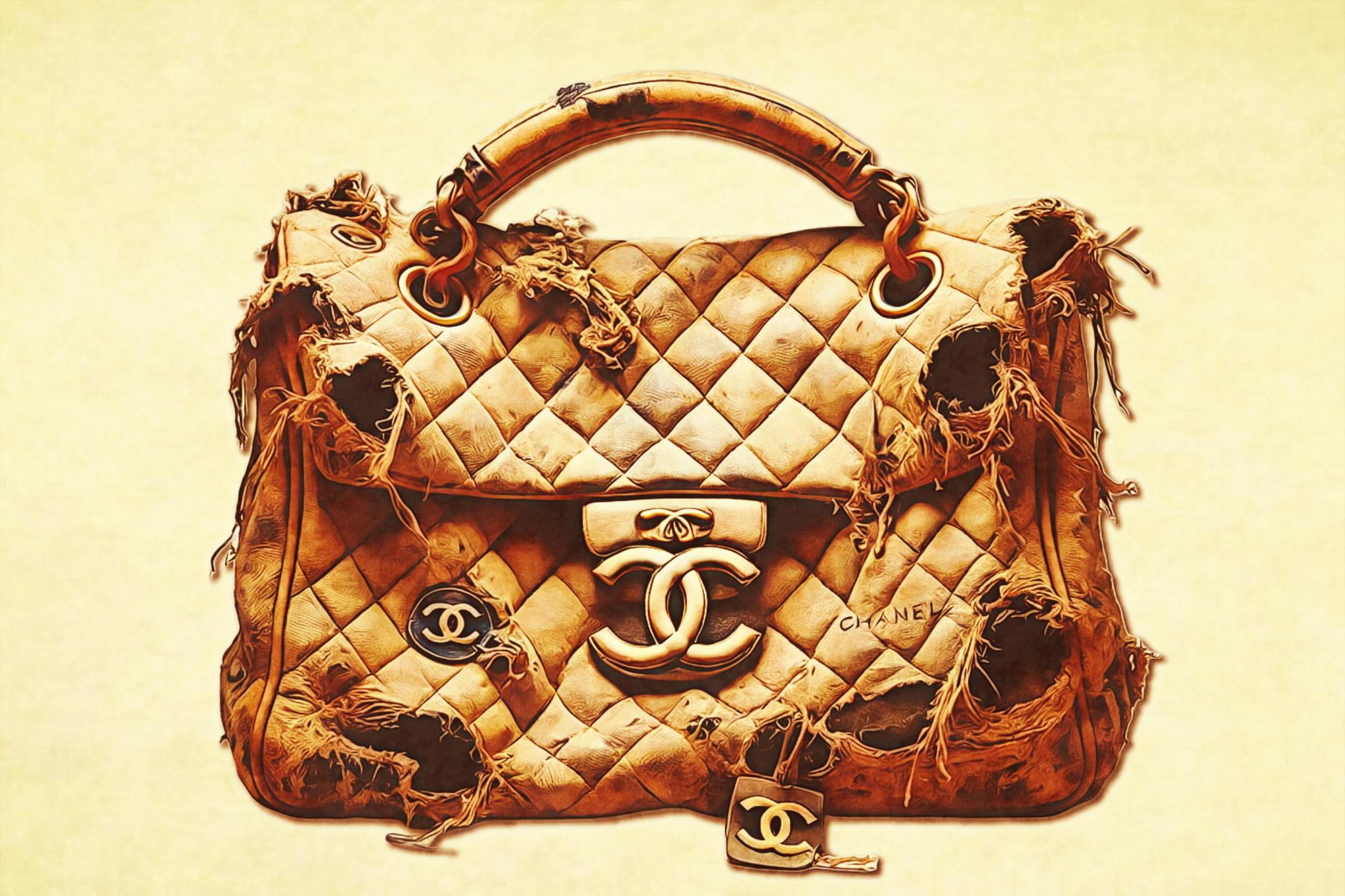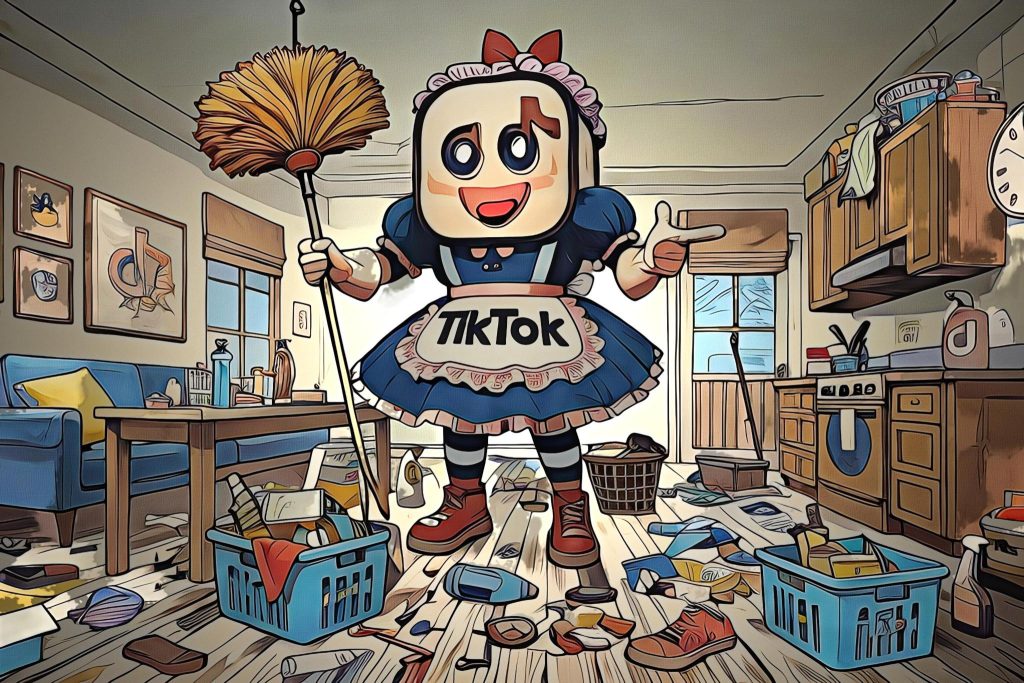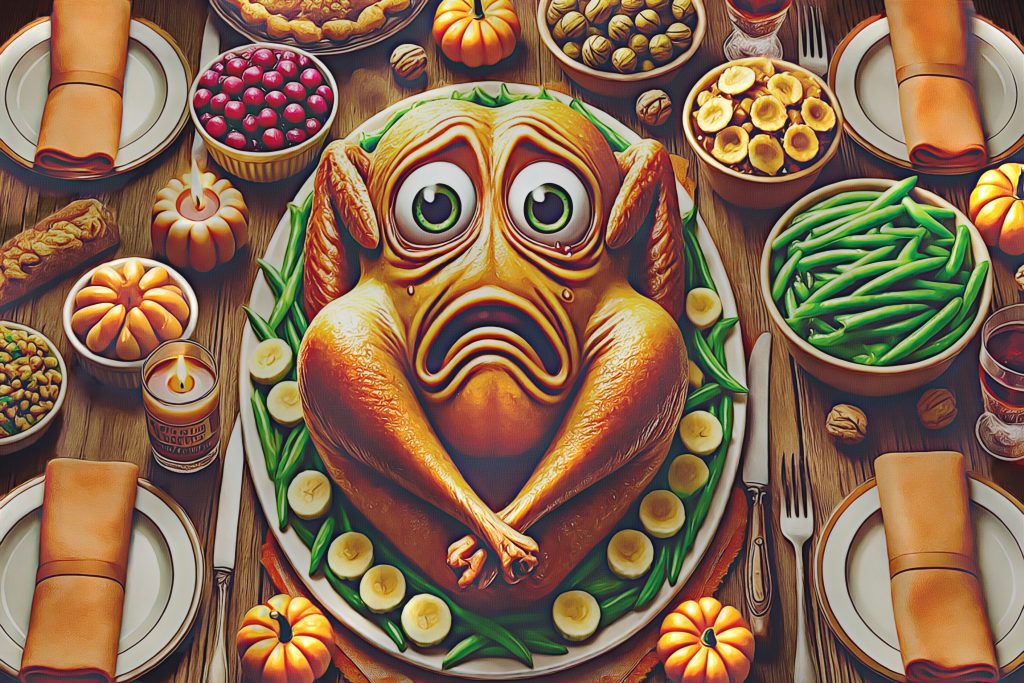Once upon a time, in a world where style was synonymous with sophistication, designer labels like Chanel, Dior, and Gucci were more than just brands—they were badges of honor. Wearing them meant you had arrived. It was an exclusive club where the only admission fee was an obscene amount of money and a taste level that could cut glass. But oh, how the mighty have fallen. What was once the epitome of luxury has started to feel more like the fashion equivalent of fast food—mass-produced, overhyped, and not nearly as satisfying as you remember.
These days, it seems like the lines between haute couture and the conveyor belt of fast fashion have blurred beyond recognition. And the worst part? You’re still paying those premium prices for what amounts to a glorified knockoff. So, what gives? Has high fashion truly lost its luster, or are we just too savvy to buy into the illusion anymore?
Let’s start with the obvious: The quality just isn’t there anymore. Remember when a Chanel or Louis Vuitton bag felt like an heirloom piece, something you could pass down to your future fashionista offspring? Now, it’s more like a status symbol with an expiration date. TikTok is ablaze with stories of high-end bags falling apart after just a few wears. Not only that, but even a pair of $660 Amina Muaddi shoes has a more crooked stitch pattern than cheap Walmart flip flops. When did we start accepting shoddy craftsmanship in exchange for a logo?
@thebilliondollarfit #stitch with @Kayla Caputo #greenscreen if we look back in time- designer goods automatically equated to an elevated quality. Heres a breakdown of why thats no longer the case! 💫 #quality #designergoods #chanelqualitydecline #chanel #luxurygoods #fashioncommentary #fashiontok #thebilliondollarfit
♬ original sound – The Billion Dollar Fit
@tania.antonenkova What other brands have become worse in quality? #chanelbagspa #bagsnottobuy #vintagebagcheck #badqualitytrend #fashionbloggerstyle #luxuryhandbagforless #vintagechanelbag
♬ loss control drill remix – NLG 🦅
@saintnickstyles Is this what we’re doing?!?! The consistent decline in quality within luxury fashion is so disappointing. We really have to start questioning the true value behind these labels 🙁 #louisvuitton #lvmen #luxuryfashion #fyp #qualityissues
♬ original sound – saintnickstyles
@marianaxcosta Nooooo, I was so excited for these 😭 #luxurytok #fashiontok #luxuryshopping #designershoes #aminamuaddi #aminamuaddishoes #fashionfails
♬ Sensual Seduction – Snoop Dogg
The answer is simple: fast fashion has infected the world of high fashion, and it’s all about the bottom line. Designer brands have caught on to the fact that, for many, owning a piece of luxury isn’t about the quality; it’s about the statement. And why invest in high-quality materials and expert craftsmanship when you can crank out trendy, logo-slathered items at a fraction of the cost? Because, let’s be honest, the people buying these items aren’t doing so because they appreciate a well-stitched seam. They’re doing it for the ‘gram.
In the race to maintain relevance and keep up with the insatiable demand for newness, brands like Gucci and Dior have leaned heavily into the fast-fashion playbook. Think more seasonal collections, more collaborations, and more items designed to be sold out rather than treasured. The result? A watering down of what made these brands special in the first place. They’ve become more accessible, sure, but at what cost? The price tag might still scream luxury, but the product is whispering “mass-produced.”
Remember when designer goods were a clear signal of wealth and status? These days, it feels more like a costume party where everyone is trying to play a role. Middle-class shoppers, lured by the illusion of luxury, are stretching their budgets thin to buy into the fantasy. But when everyone’s wearing the same logos, the magic starts to fade. What was once a sign of exclusivity has become a badge of conformity.
@jareenimam #stitch with @honestpersonalfinance what type of people actually by luxury goods? There’s actually some studies on it @jareenimam #luxuryshoppers #personalfinancetok #richpeoplebelike #luxurygoods #buyingdesigners #designerbrands
♬ original sound – Jareen Imam
@moneywithmark #stitch with @Nicholas Crown designer brands are for poor people.
♬ original sound – Money With Mark
The democratization of luxury might sound like a good thing, but it’s a double-edged sword. On one hand, more people have access to what was once unattainable. On the other hand, it’s led to a dilution of what those brands represented. Designer labels have always been about more than just clothes and accessories—they were about a lifestyle, an attitude. Now, they’re just another thing to tick off your list of must-haves, alongside the latest iPhone and this season’s hottest TikTok trend.
And let’s not forget the fakes. When even Cartier throws up its hands and stops authenticating their iconic bracelets because the counterfeits are too good, you know there’s a problem. The rise of high-quality dupes means that luxury is no longer a guarantee of authenticity, and the brands themselves are to blame. By sacrificing quality for quantity, they’ve opened the door to the copycats. And now, the fakes are so good, they’re almost indistinguishable from the real thing.
@thejewelryexpert Is the cartier love bracelet worth it? 🤔 #cartier #cartierlovebracelet #solidgoldjewelry #lovebracelet #lovebraceletdupe #cartierlovebraceletdupe #greenscreen
♬ original sound – The Jewelry Expert
So, where does that leave us? Is true luxury dead? Not entirely. It’s just become a lot harder to find. In a world where everything is available at the click of a button and trends come and go faster than you can say “add to cart,” the true value of luxury lies in its rarity. It’s about finding those brands that still care about quality, about the story behind the item, and about making something that’s meant to last.
High fashion may have taken a detour into the land of fast fashion, but that doesn’t mean we have to follow. The real luxury today is in discernment—knowing what’s worth your time and money and what’s just another overpriced, overhyped accessory. So, let’s be smarter, savvier, and a little more wickedly wonderful in our choices.
Till next time, be wickedly wonderful…







It’s all made in china today. Lol
The very phrase “haute couture” is a way for our “betters” to cleverly fool us into saying “hot cooter”. We aren’t French, so there’s no reason to use a French term. Show off your hot cooter with some haute couture.
Imagine being a dude and caring about a handbag.
-That $7000 Chanel bag was a knockoff.
-Everyone in the video is 30 or younger, and not educated in the merits of what was.
-Most of these people are trying to buy the type of clout that was afforded those in mid 20th Century upper classes. Status pieces. The author states that in the first few sentences.